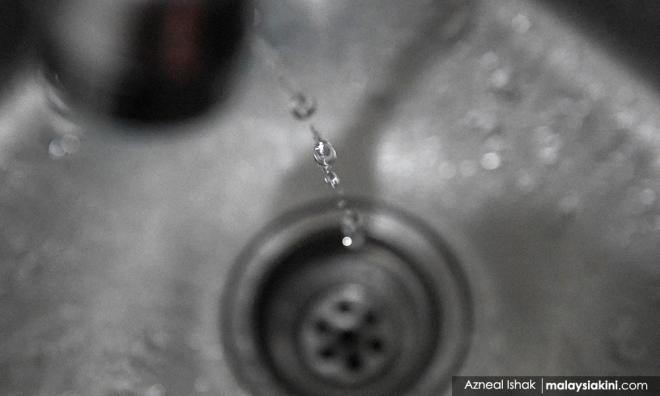
Last week, millions of Klang Valley residents were treated to the all-too-familiar scenario of their taps running dry. This is usually followed by calls to family and friends in other parts of town to see who still has water, a frantic rush to get bottles of mineral water and then detailed attention to the schedules mapping out the resumption of regular services.
This time, a total of 1,292 areas in the Klang Valley, Petaling, Klang, Shah Alam, Kuala Selangor, Hulu Selangor, Gombak and Kuala Langat, involving nearly 1.2 million consumer accounts, were affected by the unscheduled supply cut after four water treatment plants ceased operation due to odour pollution at the raw water source of Sungai Gong.
It was far from the first time we’ve experienced it, and it’s unlikely to be the last - but many were outraged when Environment, Green Technology, Science, Technology and Innovation and Consumer Affairs exco Hee Loy Sian announced that a joint operation by Selangor Water Management Board (Luas), Jabatan Air Selangor (JAS) and his office found that a repeat offender was behind the pollution that caused the shutdown.
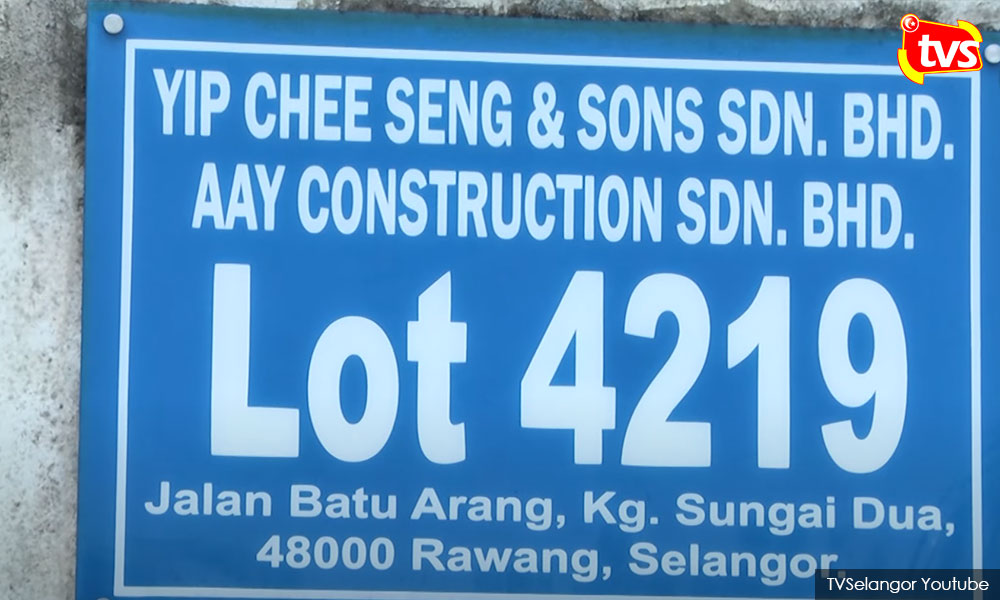
The pollutions were traced to effluents from heavy machinery maintenance plant based in the Sungai Gong industrial area in Rawang and operated by Yip Chee Seng & Sons Sdn Bhd. It had, in fact, been fined RM60,000 on the first day of the movement control order back in March.
Four brothers, aged between 50 to 60 were arrested and are currently being investigated under Section 430 Penal Code Section 430 which covers mischief by injury to works of irrigation or by wrongfully diverting water. But the question persists – why aren’t the laws, enforcement and penalties sufficient to prevent this from being a regular occurrence?
Indeed, Inspector-General of Police Abdul Hamid Bador said police are considering classifying incidents of water source pollution as “organised crime” if elements of sabotage are detected.
This would enable action to be taken under the Security Offences (Special Measures) Act 2012 (Sosma), which allows for detention without trial for a maximum period of 28 days.
Abdul Hamid said the Criminal Investigation Division had mooted the idea in a recent discussion with Attorney-General Idrus Harun about the crisis.
But is that what is really needed?
Sufficient systems in place, says Hee
Hee (photo, below) himself told the Wacana Sinar online forum programme last night that water pollution happens from a number of sources aside from factory dumping that includes accidental chemical and oil spills as well as residue from construction sites and broken pipes.
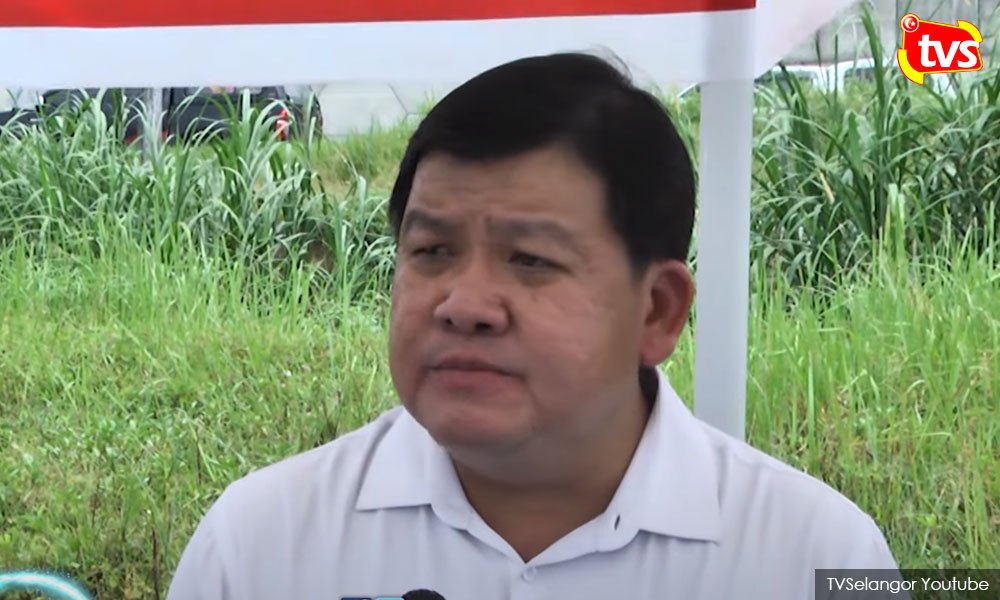
“We have been trying to combat this problem repeatedly. Since January, we have had special ops that include patrolling of water sources and even 24-hour monitoring to make sure that no one can pollute our water sources. However, there is often unexpected sources of pollution,” said Hee, who has faced calls from MCA to resign over his handling of the issue.
Last year, the Klang Valley experienced disruptions in water supply at least nine times, most of which were due to contamination of the raw water supply.
The Sungai Semenyih water treatment plant, located near the confluence of Sungai Semenyih and Sungai Langat, alone was closed thrice last year due to odour pollution believed to have been caused by the illegal discharge of toxic effluents.
Hee said it was much easier to treat visible pollution such as oil spills or chemical spills that could be isolated, but those that depended on odour required flushing with a significant amount of water to reduce it to zero TON (Threshold Odour Number) which is the measurement used to gauge odour pollution.
“There are many who don’t understand that odour pollution is more difficult to treat,” said the Kajang assemblyperson.
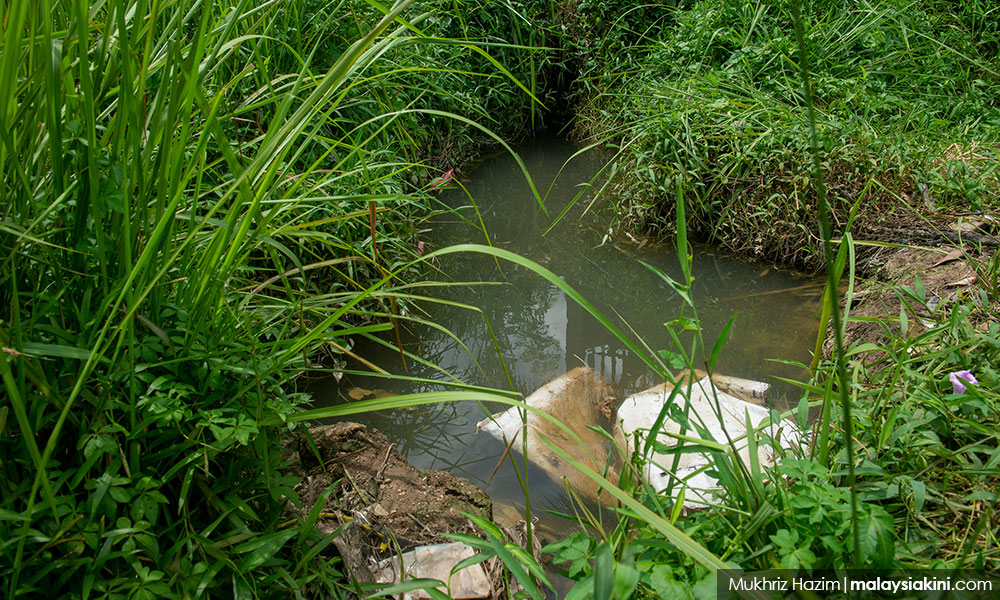
He dismissed the idea that there is insufficient coordination on the matter, citing the Selangor state Water Resource Pollution Emergency Committee that he chairs.
“Coordination is carried out by the state bodies. We have two committees that play a role in coordinating this issue. One is the special committee to handle emergency pollution of water sources chaired by me. We meet at least four times a year to discuss progress,” said Hee.
Among the bodies that are part of this coordination effort include bodies covering the environment, water, highways, land, electricity and water issues.
These are the Irrigation and Drainage Department (JPS), Environment Department (JAS), Luas, Selangor Health Department, Lembaga Lebuhraya Malaysia, Selangor Disaster Management Unit, Pengurusan Air Selangor Sdn Bhd, Suruhanjaya Perkhidmatan Air Negara (Span), Indah Water Konsortium, Tenaga Nasional Berhad, Fire and Rescue Department and other related bodies.
There are five bodies that have the authority to initiate punitive action, said Hee.
“There are Span and JAS - JAS plays a very important role because it has the authority under the Environmental Quality Act, 1974 (Section 29) which covers the prohibition of discharge of wastes into Malaysian waters.
“This allows for a fine of RM500,000 and jail term of five years. I am given to understand that JAS is working on a proposal to increase this fine to RM1,000,000,” he added.
Hee said that in Selangor, Luas oversees river water management.
“The Luas Enactment 1999 allows them to take perpetrators to court, fine of not more than 100,000 or a jail term of not more than three years. We will take this to the next Selangor state assembly session with a proposal to increase the penalties to a minimum of RM200,000 and a maximum of RM1,000.000,” he said.
Hee said that in the past, with a lower fine limit, the judge would sometimes fine RM25,000, RM50,000 or RM60,000 and no one was jailed.
“I agree that we need stronger penalties. The JPS also plays a role as they have the authority to demolish structures that are located near water sources,” Hee added.
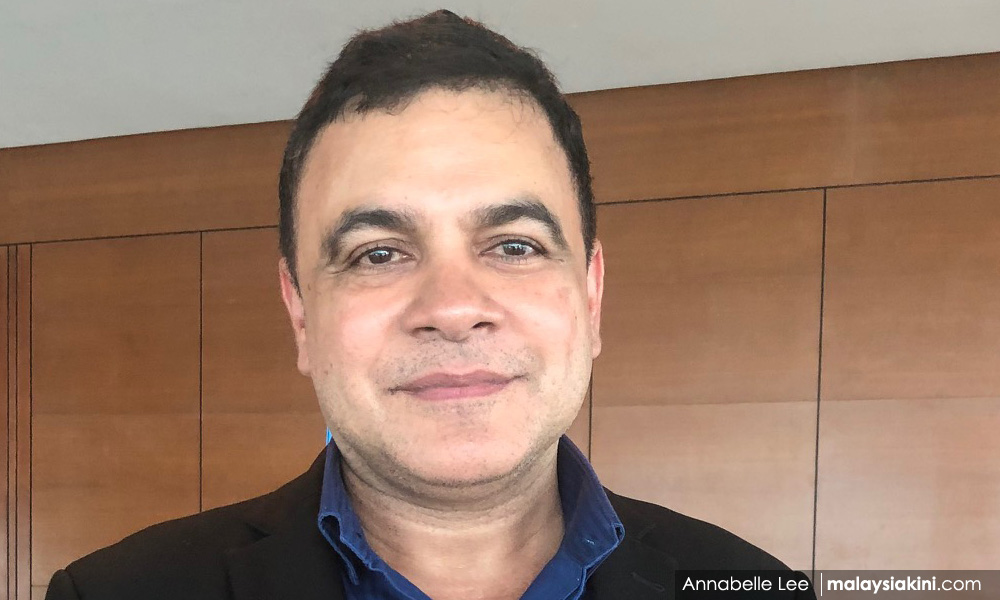
Local councillor Derek Fernandez (above) added to this in a statement yesterday, saying it should not be forgotten that the primary piece of legislation giving executive authority for the management and protection of public water supply is a federal enactment called The Water Services Industry Act 2006 (Wasia).
“This act had been passed under Clause 1 of article 74 and Clause 2 of article 80 of the Federal Constitution. This means it is a federal enactment passed with the consent of state governments. This act specifically vests executive authority in the federal govt on matters relating to water supply services and systems.
“In other words, Span is for all practical purposes under the relevant ministry the executive authority [-] and Wasia gives substantial police powers to Span to investigate, search, enter premises to carry out its functions in relation to the Act.”
He also cited that Section 121(1) of the Act states that those who contaminate or cause the contamination of a water supply with the intention to cause death, knowing that it could likely cause death or that it would endanger lives, can be sentenced to death if someone dies as a result.
“So, it is unfair to push the responsibility for the protection of water pollution solely on the state govt as states have agreed that substantial power to do this is given to a federal authority,” added Fernandez, who called for the federal authority to ensure a sufficiently large budget is available with resources and manpower to carry out its functions, including monitoring pollution risk and enforcement.
Poor river basin management
Water Quality and Modeling Specialist Zaki Zainudin (below) told Malaysiakini that there were glaring weaknesses in the management of river basins, as well as in the area of water security.
A river basin is an area of land drained by a river and its tributaries or where precipitation collects and drains off into a common outlet such as a river.
Zaki said one of the proactive measures state governments can take immediately is to carry out a detailed mapping of the wastewater and effluent control systems of factories located near riverbanks.
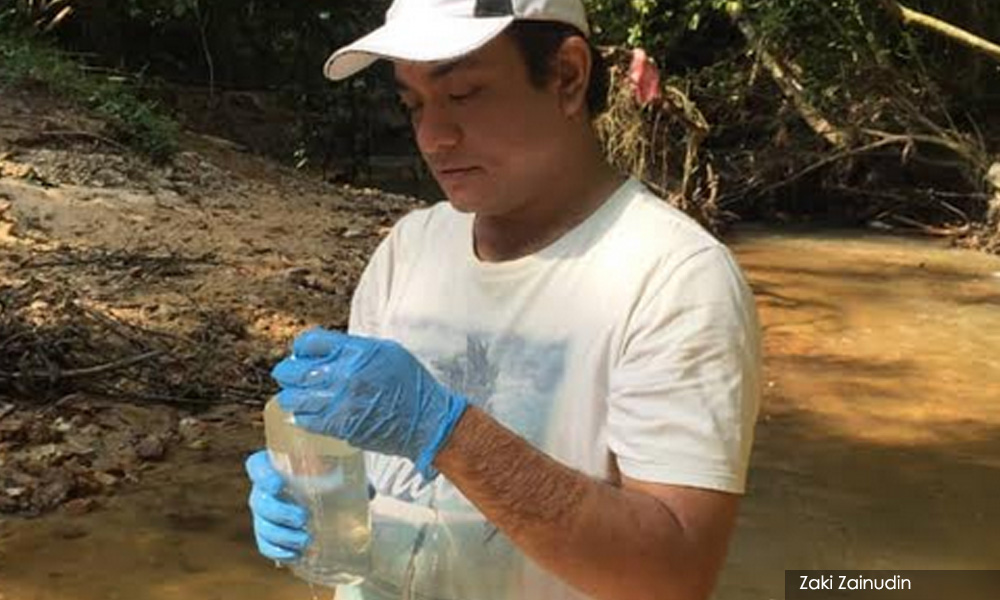
The state governments must make a list of industries that can and cannot be allowed to operate in the upstream areas of rivers, he added.
“Cost is definitely one factor in the issue of managing river basins. I think the main issue is the disconnect and discrepancies between federal govt and federal agencies and federal and state governments.
“Under the Federal constitution, water resources are under the state government. In theory, the state is very powerful, but it lacks resources, expertise and facilities, even though they have the authority.
“The federal government, on the other hand, doesn't have the provisions but it has all the rest,” he said.
Zaki said despite criticism, Selangor has made strides compared to other states, especially with the inception of Luas.
“They are the most developed state. It's actually far ahead of others in terms of monitoring but the problem lies in that development in the Klang Valley is much more rampant. Therefore, there is a higher risk of pollution incidences, especially since river catchments are not protected.
“In other states where you have lesser upstream development, there is less risk of pollution,” he said, adding that the removal of high-risk industries from upstream areas will reduce the burden of pollution in the downstream areas where pumping stations are located.
Are there any specific ideas such as perimeter electric fencing, CCTV monitoring, armed guards from Rela or army reserves that would help? Are our damns so easily accessible that people can go and toss in the garbage or toxic waste?
“In Malaysia, more than 90 percent of water comes from the surface collection. That is from rivers. This is a very large area to cover.
“Protecting the entire catchment is difficult unless you gazette the catchment and then set up fencing. But in Selangor, a lot of it is very developed so there is not much to protect. If you look at other states, it should be worthwhile. We have to tackle the sources first, then only look at catchment protection.”
A source familiar with the water solution in Selangor told Malaysiakini that such ideas may look good in terms of showing the public that action is being taken, but it may be impractical.
“Pollution of water is rarely the case of someone dumping toxins into the river. It happens far away from rivers, for example in drains, sewage facilities, etc.
“The pollution or toxins, after travelling and flowing for hours, eventually end up in the streams and rivers. So how can electric fences and armed guards stop that?” asked the source.
Meanwhile, Zaki recommended that checks should also be carried in upstream areas to detect the presence of industries that shouldn’t be there in the first place. He said the operators concerned should either be told to move out of the site or be barred from expanding their operations.
Setting common target among agencies
Zaki felt that the many agencies involved in overseeing water resource management need to set common goals.
“I think we need to set specific common targets that will be used across all agencies. There are more than 20 like Luas, JAS, Span and so on - and that's just in Peninsular Malaysia.”
“Integrated river basin management has been discussed for a long time. Luas was more or less a spin-off of that programme but has not been so successful in other places,” he said.
“In river water, the quality classification is Class 1 to 5, with 5 being the worst.
“We need to assign target qualities for different river stretches. We assign the target values - it makes sense that the states do the assigning of the targets - can be translated into KPIs for states to follow,” said Zaki, adding that rivers were a living asset.
“What we need is for Luas, JAS and so on to have a different set of KPIs but working towards the same goal.
“What we are doing now is to go to the river, do water samples and assess the class of the river - we are not setting targets.
“These targets should not be just about improving and rehabilitating, it's also about maintaining and preserving. The targets would force everybody to work together,” he added.
Another suggestion mooted is to increase the permissible levels of effluent discharged under the Environmental Quality Act, as more realistic and stringent levels could force industries to clean up their operations.
‘Water terrorists not just polluters’
As for tougher penalties, Zaki said the problem is that it is very difficult to prove deliberate acts of pollution.
“I understand the sentiment on the ground, because of the pollution, people want action to be taken against the perpetrators.
“The issue is why are they there to begin with. We need to plan properly and zone properly, that will be much more effective.
“One of the key issues is not the legislation but lack of prosecution of cases,” he said.
It is understood that most pollution cases with Investigation Papers opened by the Environment Department end up with No Further Action. Up to this point, it’s hard to find an example of anyone having gone to jail for water pollution.
Those who work hard to catch offenders and make a case against the polluters say the situation is extremely frustrating and demoralising.
Association of Water and Energy Research Malaysia (Awer) president S Piarapakaran is all for a tougher crackdown.
“Sabotage is a word thrown around. If they are deliberately contaminating our water supply, they are terrorists, not polluters. Don't punish under Environment Act, charge them as terrorists,” he told Malaysiakini.
He also suggested that if the cost of maintaining strict security, including the incorporation of army personnel at dams was an issue, then the water industry should pay for it.
“The Health Ministry should also have come out with Safe Drinking Water Act, which was discussed as far back as 2009 – I don’t know what happened to it,” he said.
Piarapakaran stressed that deliberate acts of polluting were hard to prove, and most cases are accidents.

“If we go back to the incident in Sungai Selangor last year, it was a dredging machine that leaked diesel accidentally.”
He added that authorities need to take complaints seriously and act fast.
“There was a Semenyih incident before the 2018 election. A local gave the exact location of a suspected factory and went and complained to authorities, but the action was not taken immediately. They were only caught after a few weeks. If you don't take action when people complain, then the incidents will continue,” said Piarapakaran.
He said that water shortage had been occurring intermittently since 1998 and there is a need to diversify water resources which gave birth to Sungai Selangor scheme and Langat 2.
“For Selangor, for example, there is the main Sungai Selangor dam and Sungai Tinggi dam which is a supplementary dam and we keep the water level at a certain level. We extract almost 60 percent of raw water from Sungai Selangor to cater the treated water needs for Klang Valley. The proposal for Langat 2 after agreement from Pahang (to get raw water from Sg Semantan) was delayed as well.
“Even last year (then land, water and natural resources minister) Dr Xavier Jayakumar said Langat Phase 2 was going to be delayed to 2021 or 2022. This doesn't make sense to me,” he said, adding that it was intended to help to release stress on Selangor water resources by 10 to 15 percent.
“If Langat 2 was operating, in the event of pollution in Sungai Selangor, then we have interconnectivity and we can open the valve to reduce the burden,” he said.
He added that with the Klang Valley, rapid urbanisation and greater population density led to a constant increase in demand zones.
He said his association had sent a letter to the government, providing a couple of suggestions to prevent recurring water pollution issues.
"First, we request to add a section (in pollution-related legislation) so that we can claim damages easily. For consumers, commercial industry and so on, when they try to claim damages, if it’s done through the normal legal process, it is difficult to prove (in court) as it (investigation) has to be done individually.
"Secondly, the investigation process, maybe one of them has committed the offence, but behind the person may be a bigger mastermind. That is why maybe we see now that the government has set up a special unit for investigation with the cooperation of the military and the police, which can help further strengthen the environmental investigation," added Piarapakaran.
Water supply problems not limited to Selangor
Sahabat Alam Malaysia field researcher Meor Razak Meor Abdul Rahman recently called for the re-zoning of factories and buildings near rivers in every state to be done so that waste is no longer discharged directly into the river.
“While (waiting for) existing laws and regulations to be enhanced or amended, actually the relevant agencies can still take action under existing laws by asking any factory that violates the explicit conditions of land use as stated in the title of the property to move or demolish their buildings,” he was quoted as telling Bernama.

Meanwhile, Federal Territories Minister Annuar Musa doesn’t seem to see too many bodies as being the issues – in fact, he’s calling for a water management body to be established in the Federal Territory to ensure no water disruption in the country’s capital.
“I think we should not depend on the water corporation in Selangor and as a long-term measure, (Federal Territory) must have its own water management. We can manage our own water concession or even buy or process water because the Federal Territory has many water resources such as lakes and rivers,” he said earlier this week.
Also this week, Pahang Menteri Besar Wan Rosdy Wan Ismail announced that an open tender related to work to overcome the water turbidity (murky) problem in the Raub district is scheduled to be called at the end of this month.
He said the work, which would involve three water treatment plants in the district, with an allocation of RM18 million, and is expected to be completed by the end of 2021.
A year ago, residents in Gugusan Felda Chini near Pekan, Pahang were left without water supply for nine days in August, while in March, the water supply was also interrupted due to low water levels at the Chini Water Treatment Plant.
At that point, Wan Rosdi made an announcement of RM12 million being allocated towards the construction of a new reservoir in the area.
Meanwhile, in Kedah, which faced a water shortage crisis earlier this year, the presence of a large landfill near Sungai Muda which provides drinking water to Penang and Kedah made the news.
Then, Span chairperson Charles Santiago proposed several measures including cordoning off 30m on both sides of the river, installing CCTV and posting security guards to protect it and called on the National River Protection Authority to step in.
In a country currently experiencing alternating spells of water supply shortages and flash floods, there is a need to acknowledge by the highest authorities that water management is a crisis that needs an overarching strategy – or this situation will persist. - Mkini



No comments:
Post a Comment
Note: Only a member of this blog may post a comment.